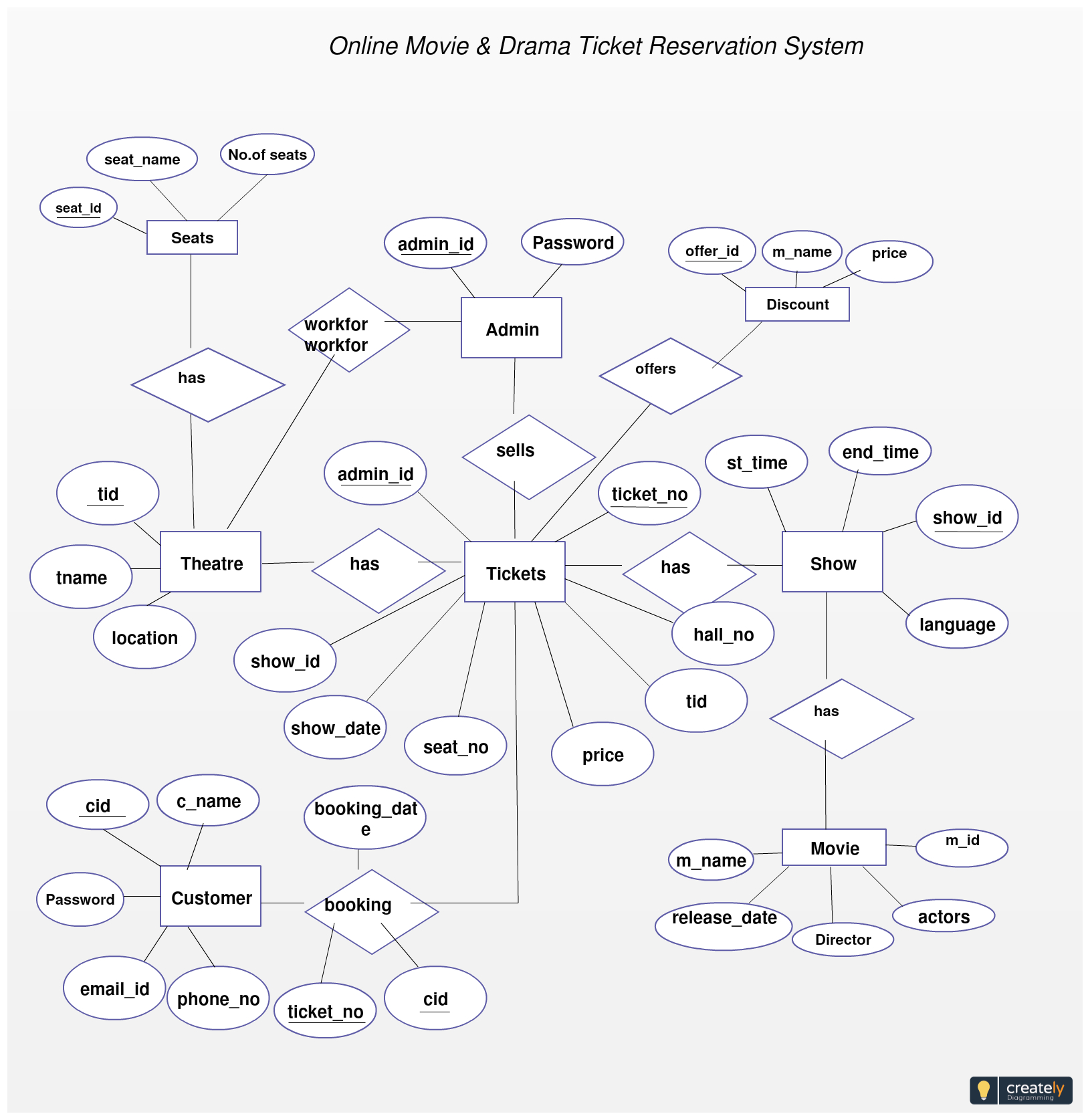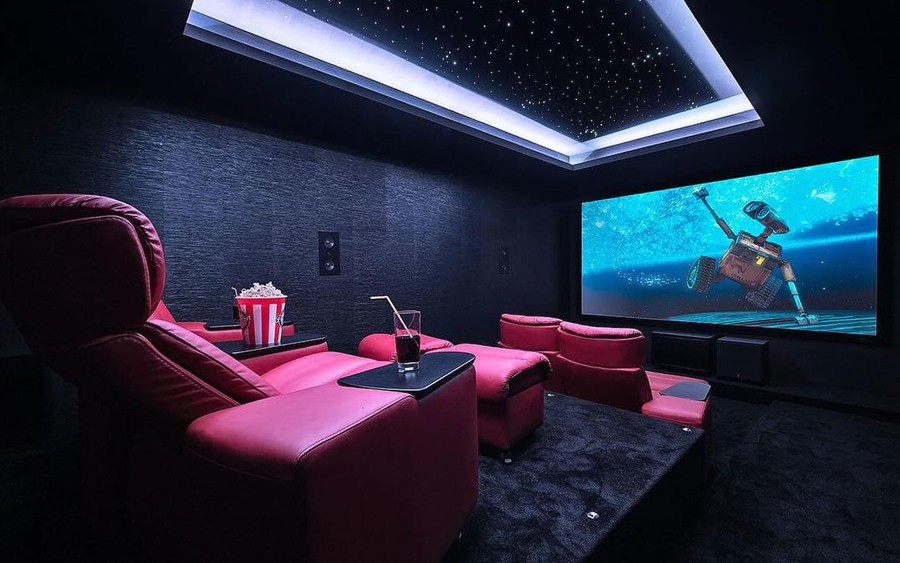Table of Content
Satellite/Cable Set-top Box – One HDMI cable goes from the Satellite/Cable Set-top receiver to an HDMI input on the receiver. First, we need to look atthe types of connections you will encounter. If the setup task becomes overwhelming and nothing seems to be "right," here are some troubleshooting tips. If that fails to solve the problem, don't hesitate to pay someone to do it for you. Depending on your situation, it may be money well spent. Connect the subwoofer line output of the AV receiver to the subwoofer.
If you are looking at the speakers from your couch they'll be at a roughly 45-degree angle to you. Ideally, you'll choose an entertainment system (e.g., a console) or a Blu-Ray player for your TV; DVD players and VCR boxes are relatively outdated at this point. This stands for “interlaced” pixels, which broadcast slightly differently. While most TV manufacturers have moved past 1080i, you should know that the picture quality is roughly the same, though 1080p has “won” the battle with consumers. If you buy the cable kit you’ll get superb quality HDMI cabling for your home entertainment needs in one easy step and save a lot money than buying them separately! I said this because 12V is the standard value and is mostly specified for operating electronic circuits, but since the IC 741 can handle upto 20V so 16V can be used for the first circuit.
Hook Up HDMI to A Receiver Diagram
Things should go “out” from the media player and “in” to the TV. All HDMI cables are built identically, so do not be fooled into buying a $50 cable when a $5 HDMI will work exactly the same way. Using an HDMI cable or an HDMI-to-DisplayPort adapter cable, plug an HDMI end into an "HDMI Out" port on the back of the receiver, then plug the other end of the cable into the appropriate input on the back of your TV.

The diagram below shows the ideal placement for speakers in a 7.1 system. Notice how the speakers are perfectly set up for one seating location, the elusive "sweet spot". Because most people are not hermits watching movies in solitude, you will probably have a variety of seating locations. When placing your speakers, you will need to decide if you want to optimize your system for one location or, as we prefer, place speakers so that individuals in a variety of positions can experience good quality surround sound.
Simple Home Theater Circuit Explained
If you purchased one that is fine, but if you have a high quality RCA cable lying around, you could use that too, and it's likely that there's little difference. There is a plug on the back of every modern AV receiver labeled, "sub out" or "sub preout." Just connect that to the input on your subwoofer. Some subs will have multiple RCA inputs on them; you will want to use the one labeled "LFE in". If your subwoofer doesn't have that label, connect the RCA to the left input or use a Y-splitter to send signal to both inputs.

A constant noise could be heard from both the woofer and tweeter but no sign of controlled bass or treble. There will be total 8 pots for the upper modules, to reduce complication use dual pot assembly for the L/R bass/trebles. C11 of module#1 will connect with one pot of the amp, and C11 of module#2 will connect with second pot. Hello Eric, I am sorry designing PCB will not be possible for me, because it’s a lot of work, i’d suggest you to contact a professional PCB designer and get it done from him, if you need any other technical help do let em know.
Home Theater Setup
Your task is to get the audio and video signals from the source components to the sound system and video display, respectively. Depending on your location, it might make more sense to install in-ceiling speakers when configuring your surround sound, as doing so will ensure a cleaner, more authentic surround sound experience. Very complex systems, like 9.1 surround sound, come with extra speakers meant to add sound from up top, like in a movie theater. Mount these above your two front speakers, angled in and pointing down at the viewer.
Find out how to hook up a receiver to your tv/cable box. Connect HD by using HDMI cable to hook up TV to HD receiver. • If your HTIB doesn't offer HDMI, you'll still get all the picture quality possible by using a Component Video cable -- this will be the most common preferred connection on an HTIB system.
The Home Theater Receiver
You won't get the benefit of the progressive scan video from the DVD player, but you'll get crisp, satisfying images. I think you can extract 16V from the amp power supply and use it for the first circuit, a 7812 may not be required. You can probably use a simple low pass filter with this amp for getting a subwoofer effect from the design. Please give a working or tested tda2003 bridged poweramplifier schematics. I have checked the first circuit with some other amplifier and i could find it working perfectly…. Both the woofer and the twitter could be rated at 12 watt each, or you can connect two 10 watt woofers across the two amp outputs and also connect two small 2 watt twitters in parallel with the woofers.

This connection does not support 5.1 surround sound or digital audio. To connect either a CD or record player to an AV receiver, use the player's analog or digital audio outputs. If you have a CD recorder, connect it to the AV receiver through the Audio Tape Record/Playback input/output loop connections . The connection setup for a Blu-ray or Ultra HD Blu-ray Disc player depends on whether your home theater receiver has HDMI connections and whether the receiver can access both audio and video signals through those connections.
You will also need to factor the width of one armrest into your calculations. A good standard size is about 8 inches; check your seat’s manual for the right width. Always stick to manufacturer's wiring blueprints when replacing a fixture, and understand—and use—your home's grounding system to guarantee grounding and polarization remain intact. With a focus on sound excellence, every detail has been measured, tested, and perfected to recreate even the finest audio details with crystal clear accuracy. Lifewire is part of the Dotdash Meredith publishing family. Connect directly to the home theater receiver, which then routes to the TV.

All the ground connections should be made into a common line for the above connections. Yes you can do it by eliminating one of the volume controls of the second circuit, and by joining the 220n capacitor ends together and connecting it to a single pot. Hi Rt, if the external amplifier is rated accordingly, then definitely that will be possible. TDA1521 is an amplifier IC rated at 12 watts, it cannot be replaced by any ordinary opamp. RT, you can use an ammeter or the amp range in your DMM to confirm the max current capacity of the relevant trafo taps…it should read above 5amps when the meter prods are connected directly with those taps. May be your ICs itself are faulty or you are connecting its pinouts wrongly, please check the datasheet of the IC to get more info regarding the device.
Every speaker is different, so there is no absolute answer, but 80Hz is a good guess in most situations. You can also look up the speaker's user manual and the manufacturer will typically tell you how low the speaker will play. For example, a small satellite speaker with a 3-inch "full-range" driver might only play down to 120Hz.

The Monitor / TV Out are Composite Video, S-Video or Component Video outputs. All of the audio, the red and white RCA connections, will be outputted to the speakers. You'll need to make two circuits for the first one, and then connect the outputs of the these two circuits with the second circuit inputs marked as module1 and module2. 1) you can connect the audio signal simultaneously to both the inputs of the pot, the signal will automatically get divided across the two amps. Two of the above circuit assemblies may be built separately for making the ultimate home theater system circuit, meaning you will finally have eigt pots to control for achieving any desired levels of optimized sound levels.
The same layout from Diagram 3 is being used as the model. All speakers require a positive and negative connection for them to work as you can see above. Primarily the Subwoofer will connect using an RCA cable, the reason for this, is that a powered Subwoofer will have an amplifier built into the unit. Due to the amplifier being in the Subwoofer the amplification is done there, therefore the signal from the Receiver / Amp would be a line level signal . This setup will enable you to view all video sources, Cable TV, DVD and VCR on a single input on the TV by selecting on the Receiver / Amp which signal you want to watch.


No comments:
Post a Comment